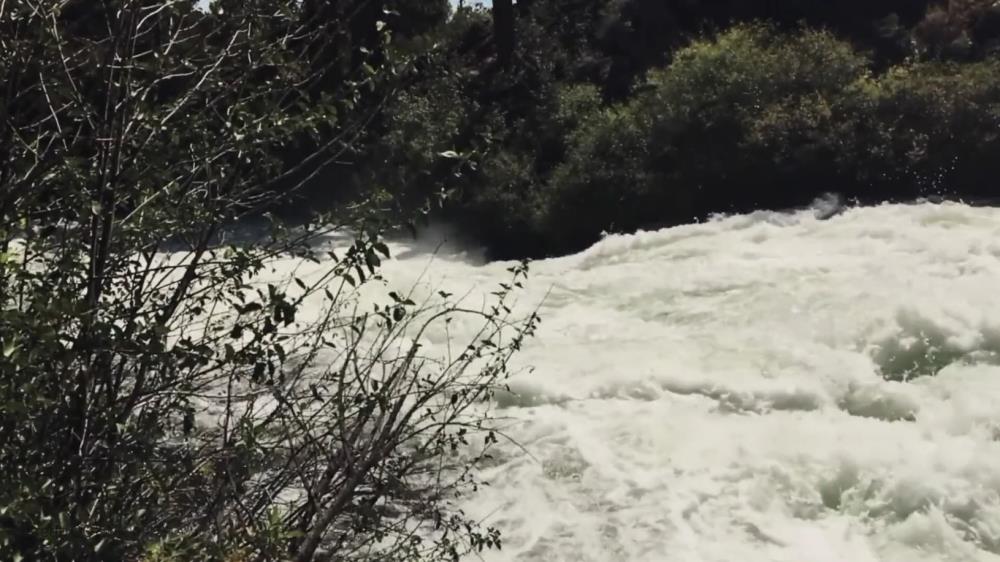
Related items loading ...
Section 1: Publication
Publication Type
Journal Article
Authorship
Murfitt, J., C. Duguay, G. Picard, and G. Gunn.
Title
Investigating the effect of lake ice properties on multifrequency imaging SAR backscatter using the Snow Microwave Radiative Transfer (SMRT) model
Year
2022
Publication Outlet
IEEE Transactions on Geoscience and Remote Sensing
DOI
ISBN
ISSN
Citation
Murfitt, J., C. Duguay, G. Picard, and G. Gunn (2022). Investigating the effect of lake ice properties on multifrequency imaging SAR backscatter using the Snow Microwave Radiative Transfer (SMRT) model. IEEE Transactions on Geoscience and Remote Sensing.
Abstract
Recent investigations using polarimetric decom- position and numerical models have helped to improve the understanding of how radar signals interact with lake ice. However, further research is needed on how radar signals are impacted by varying lake ice properties. Radiative trans- fer (RT) models provide one method of improving this under- standing. These are the first published experiments using the snow microwave RT (SMRT) model to investigate the response of different frequencies (L-, C-, and X-band) at horizontal- horizontal (HH) and vertical-vertical (VV) polarizations using various incidence angles (20◦, 30 ◦, and 40 ◦)to changes in ice thickness, porosity, bubble radius, and ice–water interface roughness. This is also the first use of SMRT in combination with a thermodynamic lake ice model. Experiments were for a lake with tubular bubbles and one without tubular bubbles under difference scenarios. An analysis of the backscatter response to different properties indicates that increasing ice thickness and layer porosity have little impact on backscatter from lake ice. X-band backscatter shows increased response to surface ice layer bubble radius; however, this was limited to other frequencies except at shallower incidence angles (40◦). All three frequencies display the largest response to increasing root mean square (rms) height at the ice–water interface, which supports surface scatter- ing at the ice–water interface as being the dominant scattering mechanism. These results demonstrate that the SMRT is a valuable tool for understanding the response of backscatter to changes in freshwater lake ice properties and could be used in the development of inversion models.
Plain Language Summary
Section 2: Additional Information
Program Affiliations
Project Affiliations
Submitters
Publication Stage
Published
Theme
Presentation Format
Additional Information
TTSW, Refereed Publications


 GWFNet
GWFNet Master
Master Research
Research Map
Map
 Advanced
Advanced . . .
. . .

 Metadata Editor
Metadata Editor
 Record List
Record List
 Alias List Editor
Alias List Editor
 Legacy sites
Legacy sites